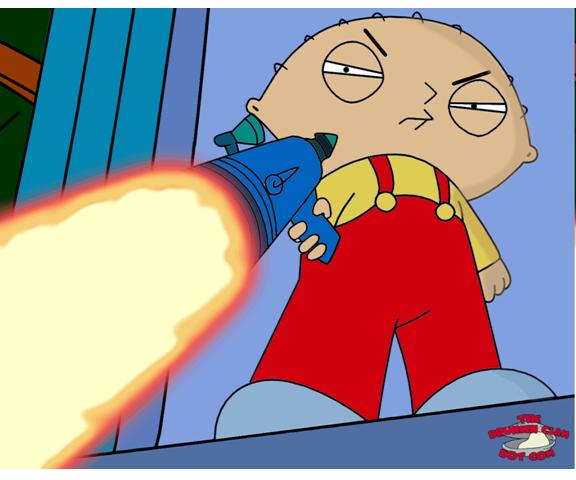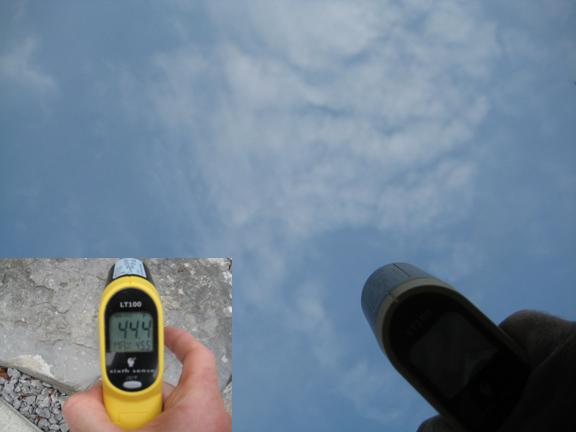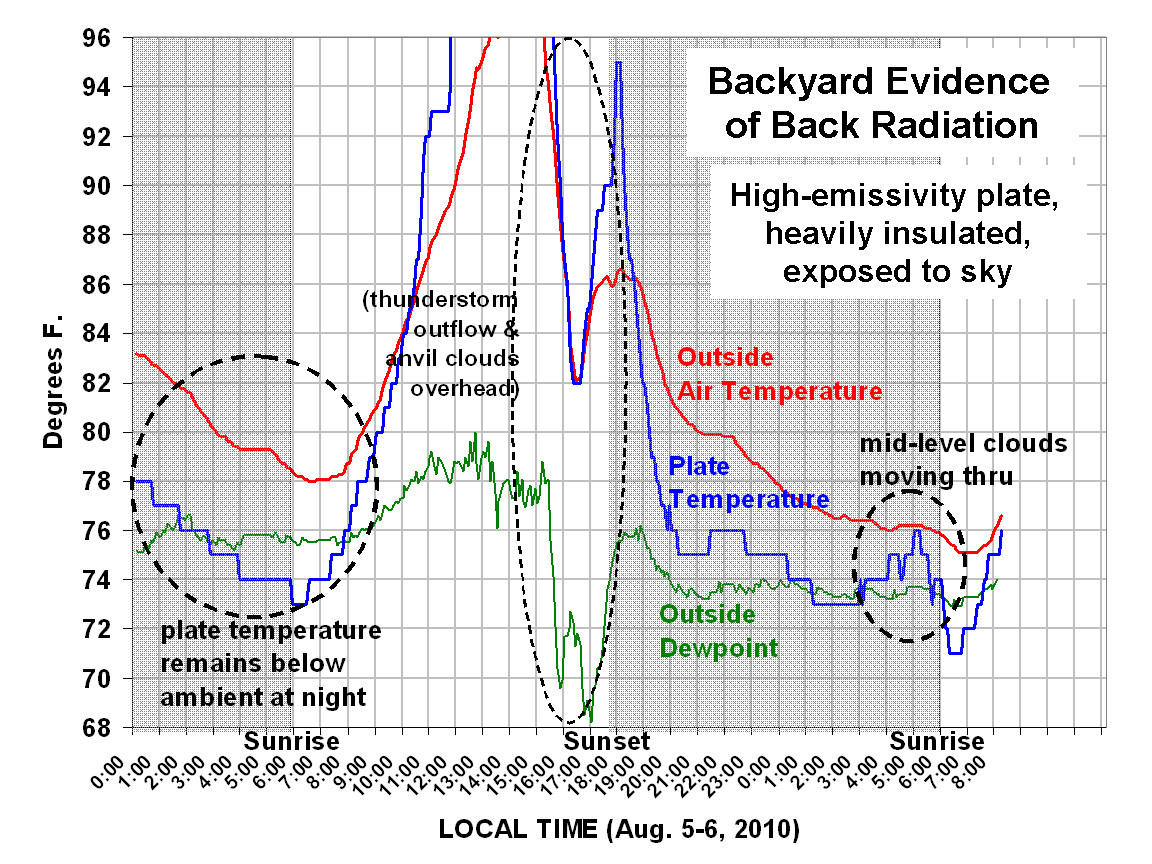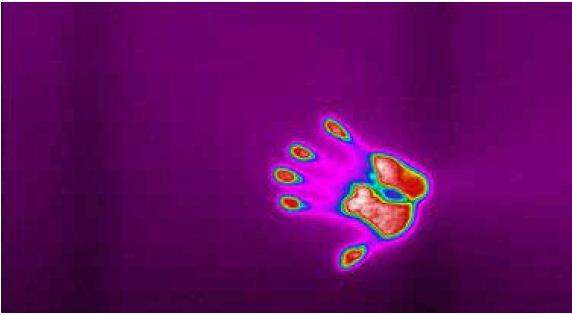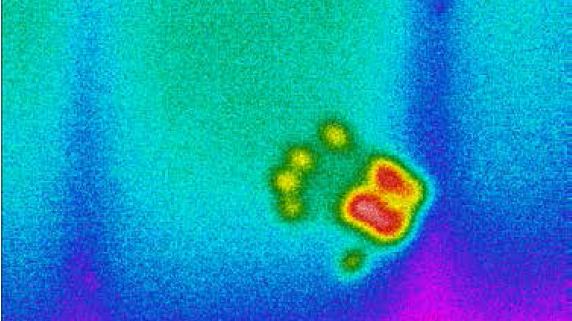CrusaderFrank
Diamond Member
- May 20, 2009
- 148,629
- 71,936
- 2,330
AGW and mainstream science have nothing in common; they're parallel lines that never meet.
Science is skeptical and always tests their theories and assumptions. AGW is a lunatic fringe culture that thinks "consensus" is a scientific word
Science is skeptical and always tests their theories and assumptions. AGW is a lunatic fringe culture that thinks "consensus" is a scientific word
